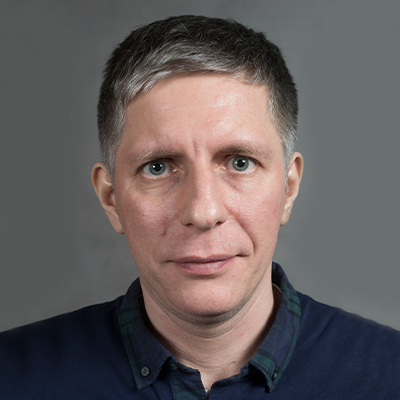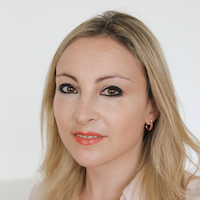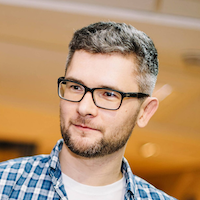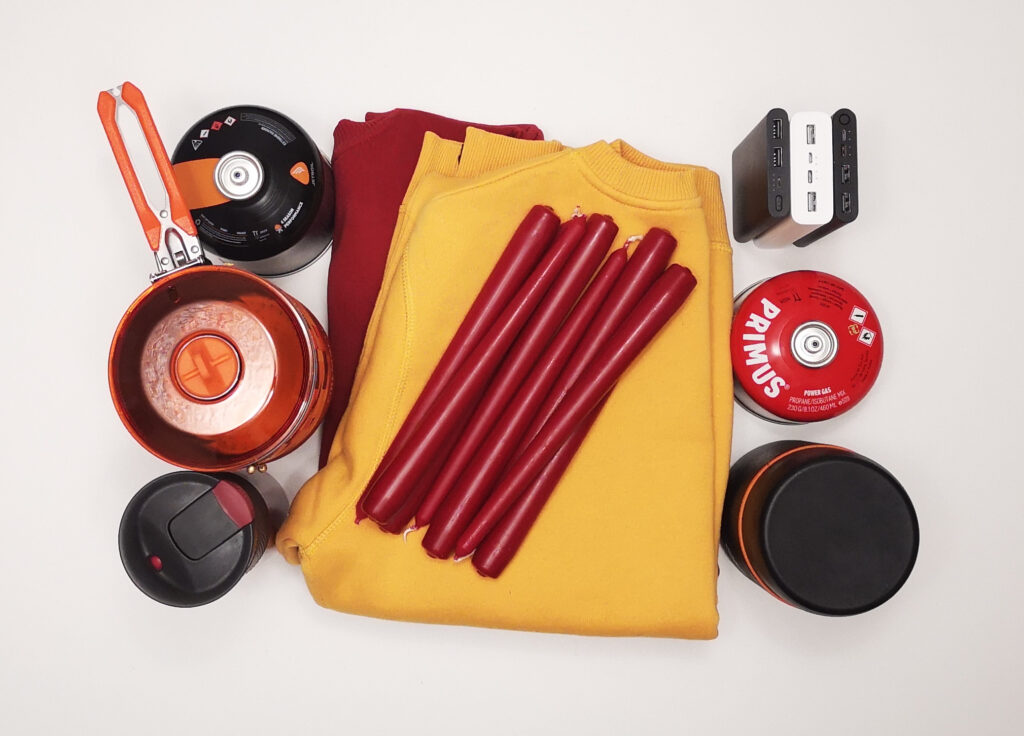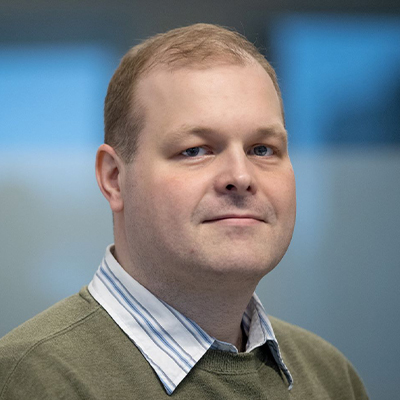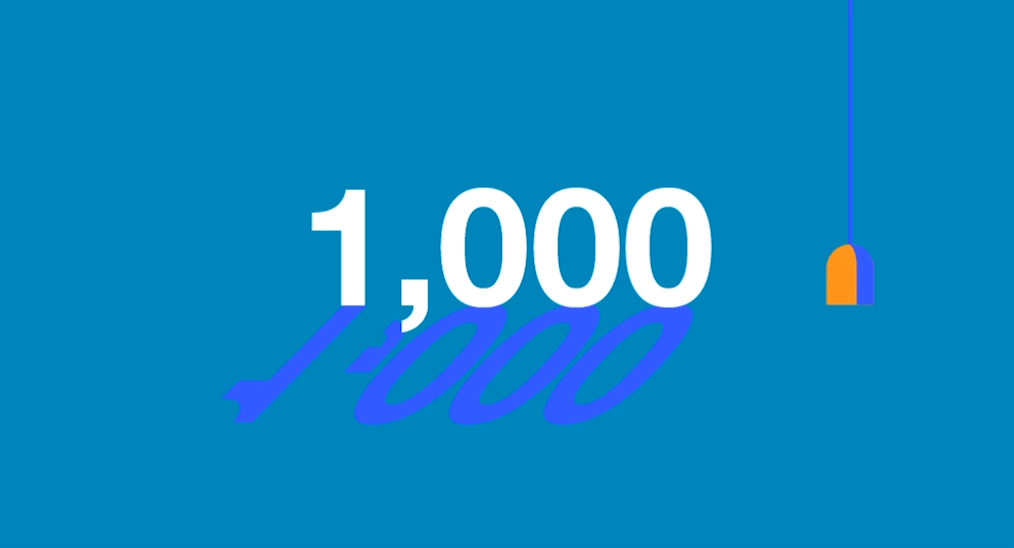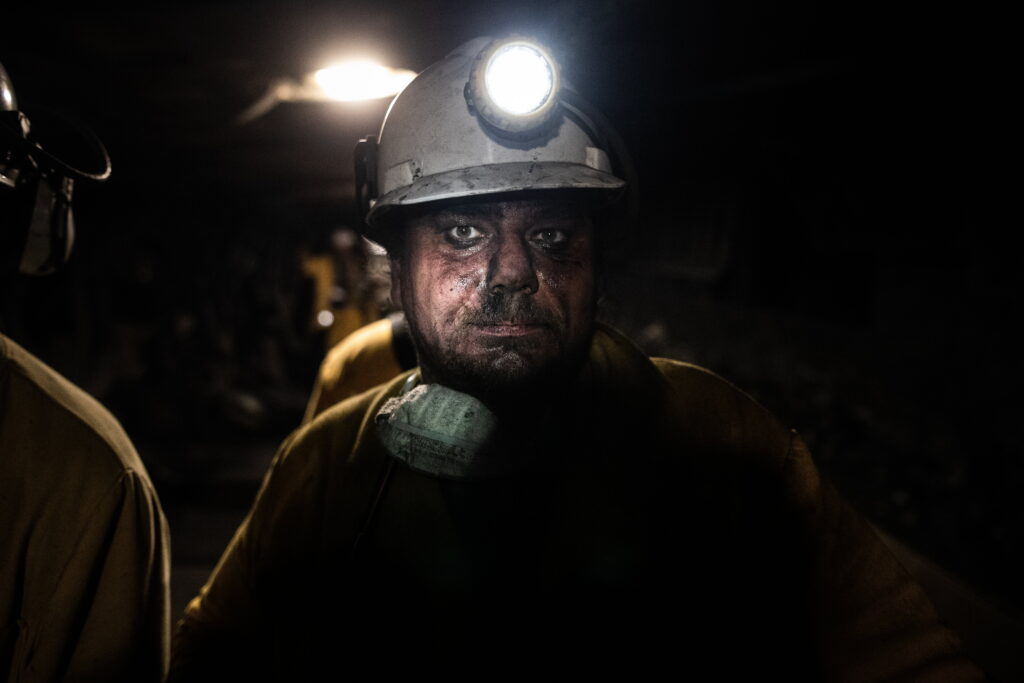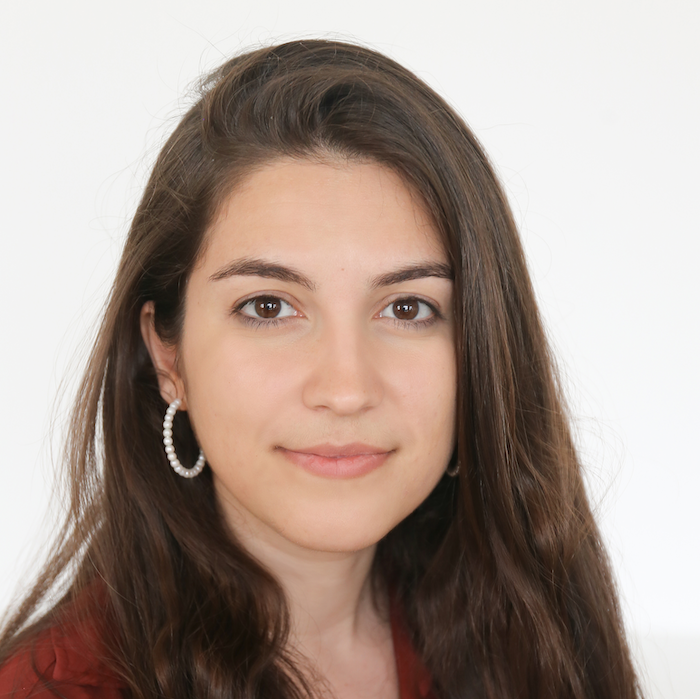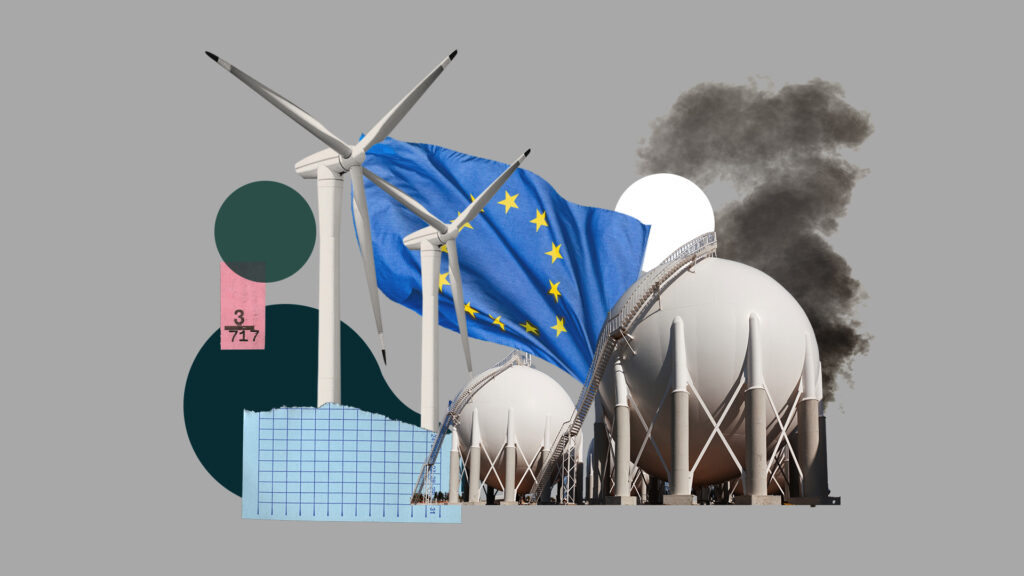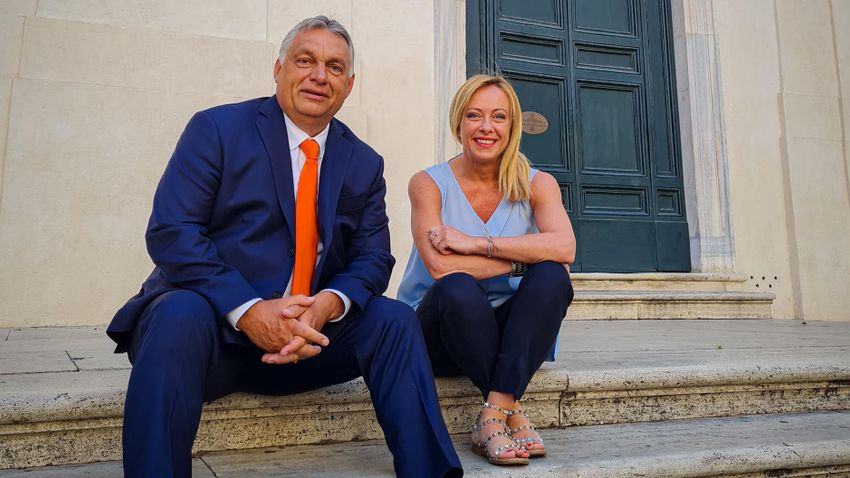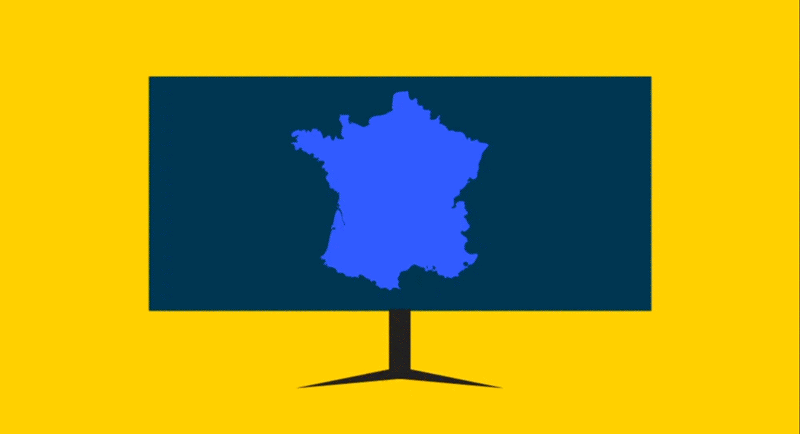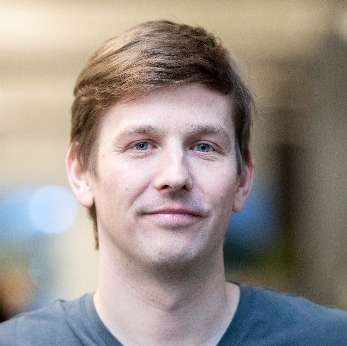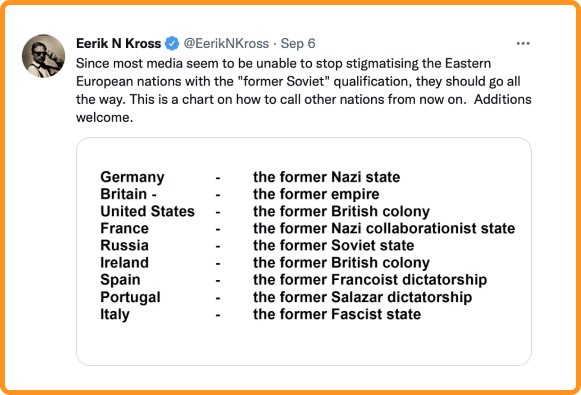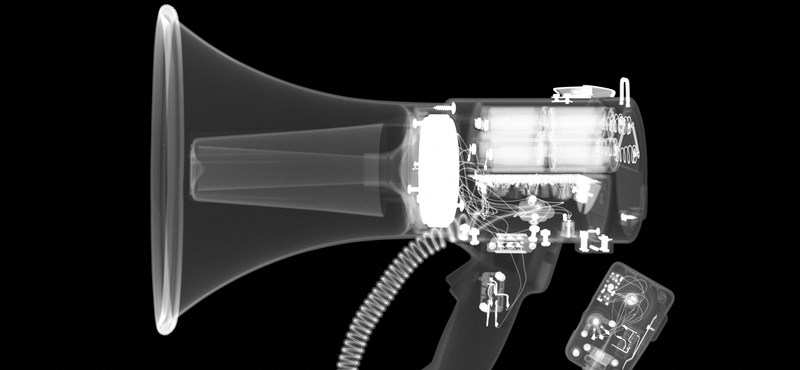Hi from Berlin,
When was the last time you looked at the supermarket prices and thought: “Oh no, I really can’t afford them?” For me, that never happened. Since I live in Germany, which has the means to “double-bazooka” its economy, it might stay this way.
But all over Europe, the food price gap is widening faster than you can eat a piece of German cheesecake. In many European countries, inflation is speeding up in such a way that, as various colleagues described in our last editorial meeting, some segments of society are at real risk of malnutrition.
But even for those for whom it doesn’t reach these drastic dimensions, it can leave a bitter taste of injustice – be it in a discount store in Prague or in the bar at the side of an Italian piazza café.
Will a freezing winter bring more frozen food prizes and old goods in new packaging? Good solutions are still to be found.
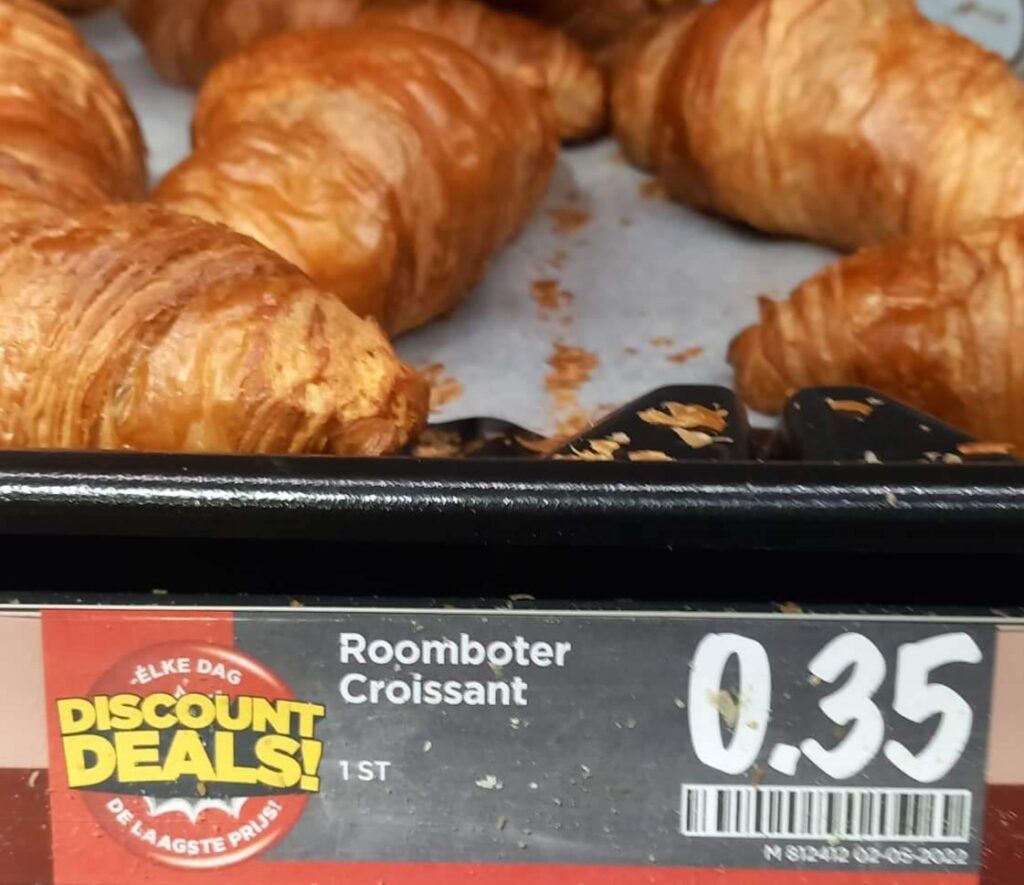
A few days ago, my son, who recently began university in the Netherlands, sent me a few pictures he took in a local supermarket. Truth be told, I put him up to it because I was curious after coming across data on unbalanced food price inflation in Europe.
In the small town where he lives, near Amsterdam, a croissant costs 0.35 euros or, if they’re on offer, three for a euro.
During my next trip to the shops, I checked the biggest local grocery chain here in Czechia. One croissant cost 12.9 CZK, or 0.53 euros. That’s 50% more expensive than in the Netherlands.
I know it’s just one item, but it looks out of place given the average annual salary in the Netherlands is almost double that in Czechia. What we’re experiencing here is a fundamental change: although wages are going up in Eastern Europe, prices are rising way faster, ending a decades-long trend when lower wages meant lower prices in the region.
In August, on average, bread in the European Union was 18% more expensive than a year ago. But the price rise in every Western European country was below that average. People in the Netherlands pay less than 10% more, while here, in Prague, prices have gone up almost 30% and in my homeland Hungary 66%.
I wonder how fair it is that millions of Central and Eastern Europeans work in the food industry in Western Europe and send much of their hard-earned money home, only to see it worth so much less in the grocery store.
I’m happy for my son, but I worry about the financial security of my friends and family here. Who will pay the price? Not just of bread, but of rising inequality.

It would cost PLN 6.6 billion (1.35 billion euro) a year to give all three million schoolchildren in Poland one hot meal a day, according to a motion filed in parliament last month by left-wing parties calling for the change.
“Today, around 900,000 children in Poland live in poverty. These children often attend lessons on an empty stomach,” say advocates of the motion.
Amid heated debate coloured by comparisons with the communist era, some commentators have criticised the idea of providing free meals for all children regardless of financial background, while others reply that the idea is to avoid stigmatising poorer pupils.
And the cost? 0.2 percent of GDP. “Not much,” they say.

“This crisis is bubbling like a pot,” Mauro Uliassi says. When it comes to pots, he definitely knows what he’s talking about. He is the chef of a 3-Michelin-stars restaurant in Senigallia, the world’s 12th best place to eat.
“As a result of skyrocketing energy prices, the costs of raw materials increased by 20 to 40%. The electricity bill in the first half of the year grew from 13,000 to 39,000 euros”.
The restaurant overlooks the sea and the squid skewer of the Rimini Fest, or the Smoked Spaghetti with clams and grilled cherry tomatoes, are known as delicious. You’re bitten by the crisis when you digest the bill: “The classic menu now costs 240 euros, instead of 200,” says Uliassi.
The chef knows he’s better placed than most to withstand the worst of the crisis. His restaurant has a thirty-year history, financial stability and loyal customers willing to spend. “But I think about those who have just started,” he says. ”They had to face the pandemic, and now there’s a new crisis. This is a heavy blow, and it isn’t over.”
Marco Pedroni, president of retailer Coop Italia, warns that “this high cost of living has not been seen since the 80s. There is a need to support domestic demand for consumption.”
You don’t have to go to Senigallia to taste high prices: in Rome, I pay 10% more for a cappuccino and croissant than I did last summer. I asked the waiter if his wage had gone up too. As I feared, it hadn’t.
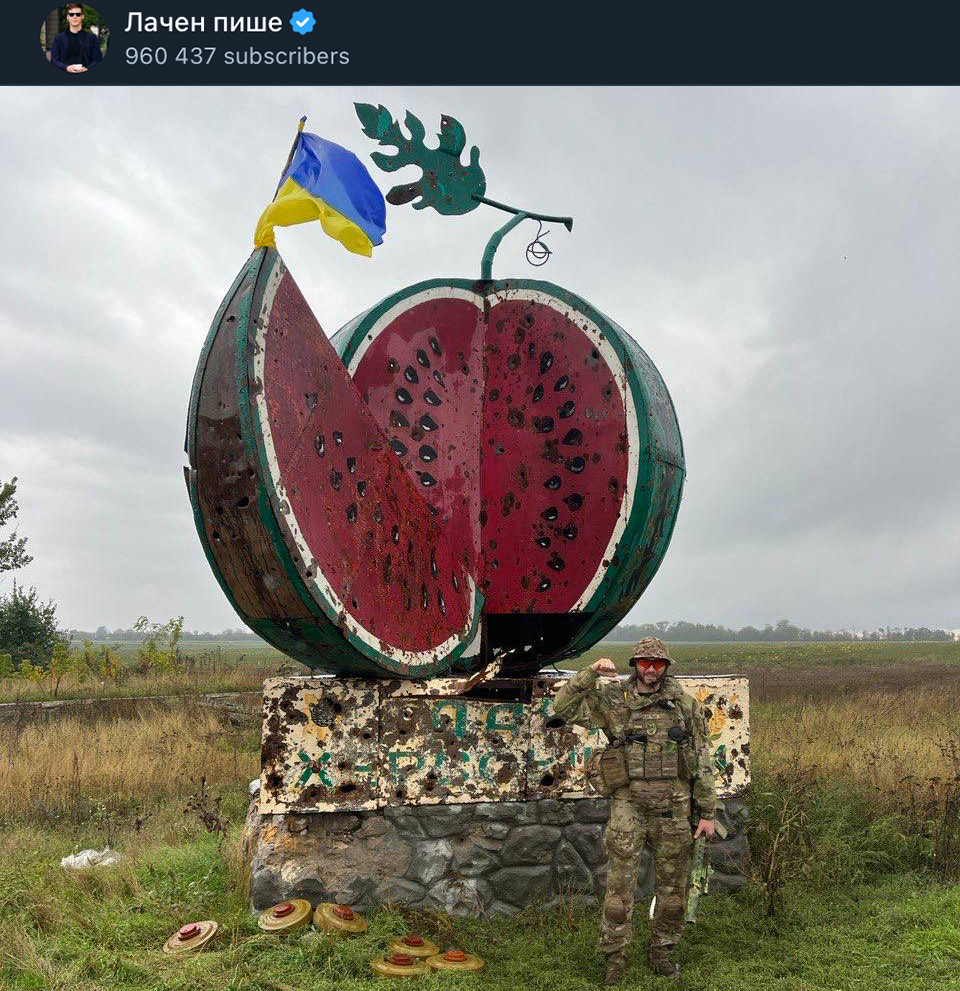
A giant watermelon at the edge of Ukraine’s Kherson region, this statue became a familiar sight to millions of Ukrainians who would pass it en route to the coast. The statue is symbolic of Kherson’s agricultural riches, among them watermelons known for their size, taste and low price.
Watermelons from Kherson once cost about 5 UAH (0.17 euros) per kilo. In early October, the picture went viral after the statue was liberated by the Ukrainian army.
This summer, watermelons in Ukraine cost about one euro per kilo. Russian occupation of the Kherson region saw its produce disappear from shelves in other parts of Ukraine. A pair of watermelons carried out by fleeing residents were symbolically sold at auction for several thousand UAH. All proceeds went to the army.
Partial liberation of the region brings hope that local produce will finally re-enter the market. And not only Ukraine’s: dozens of local farmers are certified to export their crops to the EU. So prices may be ‘repaired’, just like the monument.
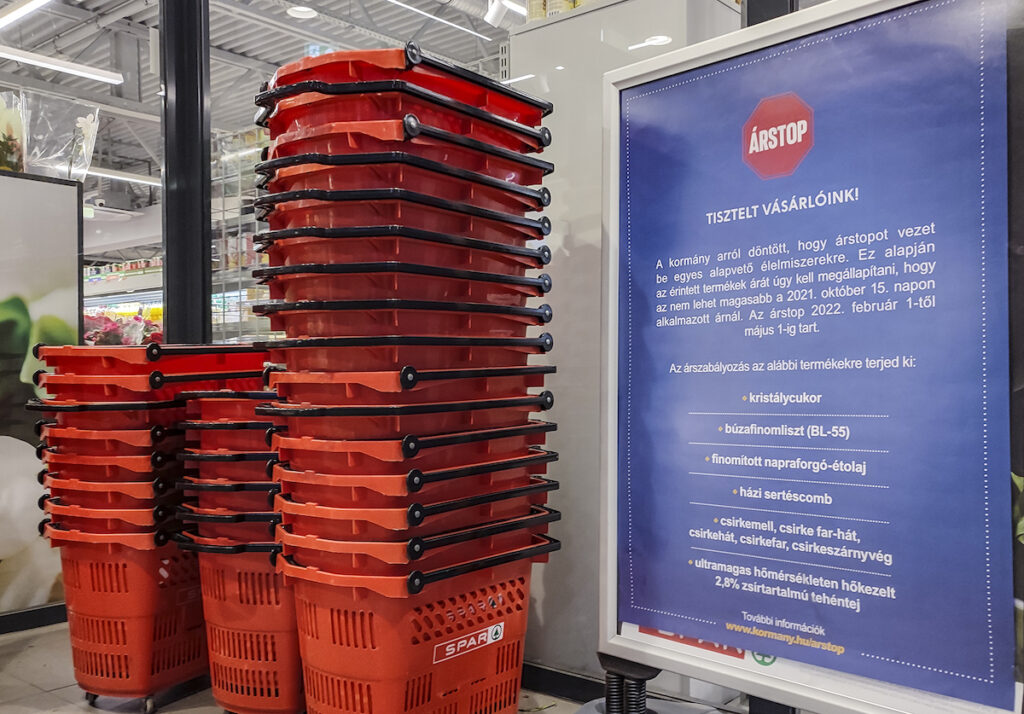
In early October, Belarusian strongman Alexander Lukashenko declared that “all price increases will be banned”. As usual, the dictator’s statements were widely mocked outside Belarus. Yet Hungary has already shown it can be done.
Since February, supermarkets have been forced to freeze the prices of six essential food products – granulated sugar, flour, milk, pork legs, chicken breast and cooking oil – at the levels they were at on October 15, 2021.
The government decree also required retail chains and small shops to ensure at least the same stock in the shop as before. They receive no subsidies or other support.
Initially, prices were frozen until May 31, with the government citing a need to protect families but saying nothing about the more important goal of winning April’s general election. As inflation skyrocketed, the freeze was extended until the end of the year.
The move may indeed bring relief to Hungary’s poorest. But supermarkets are becoming increasingly inventive in trying to extricate themselves. The grocery chains make up the shortfall by hiking the price of other products. Losses on chicken breast, for example, are made up for on legs, which cost 61% more than a year ago.
Some retailers are restricting the quantities their customers can buy, forcing makers of homemade plum jam to go from shop to shop buying a kilo of sugar in each. Many shops refuse to sell sugar at all or offer unregulated substitutes at much higher prices. Some hide the cheaper items at the back of the shelves or label them misleadingly.
International food chains can make up the losses more easily but have nevertheless lodged a constitutional complaint that the government is curtailing their right to free pricing. The judges were all appointed by Viktor Orbán’s ruling Fidesz so are unlikely to rule in their favour.


